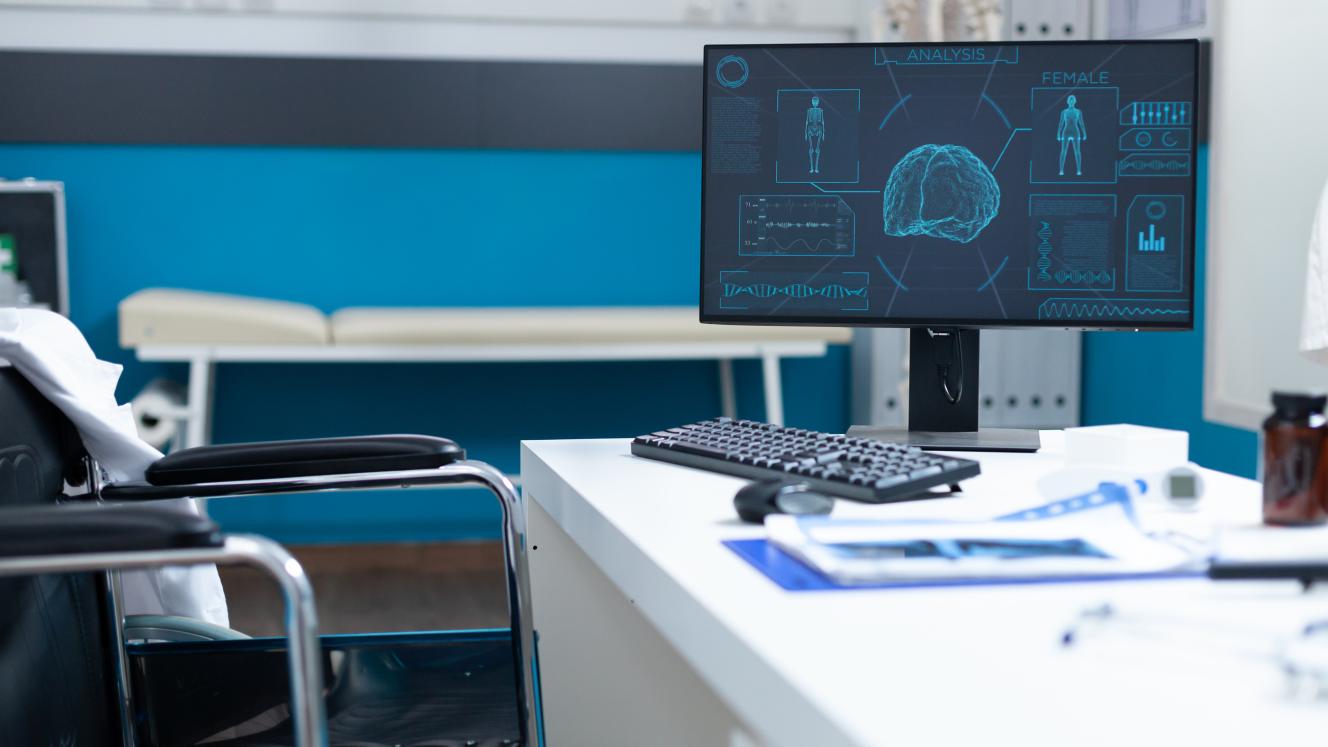Werner Joubert, Commercial SYS Director (South Africa & SADC) at ASUS, considers how digital transformation and IT infrastructure are central to the future of South Africa’s healthcare system, particularly in the context of the National Health Insurance (NHI) reforms.

South Africa’s healthcare system stands at a crossroads. With reform underway and digital transformation accelerating, the question is no longer if technology will reshape care, but how. The World Health Expo (WHX) in Cape Town puts these issues in sharp focus, with digital health innovation and systems resilience high on the agenda.
The signing of the National Health Insurance (NHI) Act in 2024 marked the beginning of a new phase of sector-wide reform. Although implementation is being phased in and parts of the framework remain under review, the Act is designed to set the country on a path toward a more consistent and equitable healthcare system.
Just as a patient’s vital signs reveal the state of their health, the strength of South Africa’s IT infrastructure reveals the system’s readiness for transformation. From hospitals and laboratories to community clinics, the way data is collected, shared and secured is now a decisive factor in how effectively care can be delivered. In light of that, digital transformation has shifted from an aspiration to a clinical necessity.
Why healthcare runs on IT
Healthcare runs on data. Patient records, lab results, imaging scans and treatment histories all depend on information being accurate, accessible and secure. Healthcare IT is the invisible infrastructure that makes this possible. It spans everything from electronic health records and medical imaging systems to hospital networks, storage platforms and the tools that allow information to flow securely between providers.
The Health Normative Standards Framework (HNSF) sets the direction for interoperability by requiring open standards such as HL7 and FHIR APIs. Meanwhile, the Protection of Personal Information Act (POPIA) places strict responsibilities on organisations to safeguard sensitive patient information. In practice, this means encryption, role-based access controls and audit trails must be in place to maintain compliance.
There are also practical realities. Tools like DHIS2 support offline data capture in areas where connectivity is unreliable. This illustrates how healthcare IT must balance regulation, interoperability, and resilience in real-world conditions. Without this consistency, extending quality care across the system will remain a challenge.
Strong data foundations open the door to the next frontier: using AI to turn information into actionable insight.
Where AI can ease the pressure on healthcare
The real potential of technology becomes clear when it enables data to become meaningful in real-time. AI is already demonstrating that potential in clinical environments worldwide. In South Africa, AI offers particular promise where resources are constrained: triage support for overburdened clinicians, diagnostic assistance in imaging, transcription and coding for medical records, and predictive analytics to anticipate medicine stock shortages or patient readmission risks. These are not abstract use cases; they are practical interventions that can relieve pressure on the system and improve patient outcomes.
Delivering on this promise requires computing power at the edge. AI-ready devices – whether laptops on a ward, mobile solutions for community healthcare workers, or powerful PCs in radiology labs – allow clinicians to access insights quickly and securely, even when bandwidth is limited or connectivity is disrupted. In a country where power supply and internet access are unpredictable, devices that continue to operate offline and synchronise once reconnected, are essential.
This makes the question of investment even more pressing: if AI is to succeed at scale, healthcare leaders need infrastructure that is resilient, secure and future-proof.
What healthcare leaders should demand from IT
When making investments in IT, healthcare leaders should ask pragmatic questions:
- Are systems interoperable by design and aligned with national standards?
- Can devices run AI workloads locally while keeping sensitive data secure?
- Are they rugged enough to withstand the demands of hospital and community settings, yet simple to manage at scale?
- Do they offer lifecycle support that ensures long-term value and reduced total cost of ownership?
- And importantly, do they comply with the strict data privacy and security requirements set out by legislation such as POPIA?
Answering these questions is not only a matter of technical compliance, but also of enabling healthcare workers to perform their jobs effectively in challenging conditions. AI-ready endpoints, secure and manageable fleets, and durable devices tested for reliability in hospitals and outreach, all contribute to that goal.
As the healthcare sector prepares to gather in Cape Town, we need to shift the conversation from innovation in isolated projects to transformation at scale. By building robust IT foundations and adopting AI-ready solutions, South Africa can move closer to a healthcare system that is not only modernised, but also more consistent, equitable and future-ready.
The vital signs of transformation are already here. It’s up to healthcare providers, policymakers and technology partners to ensure they become the lifeblood of a healthier nation.













